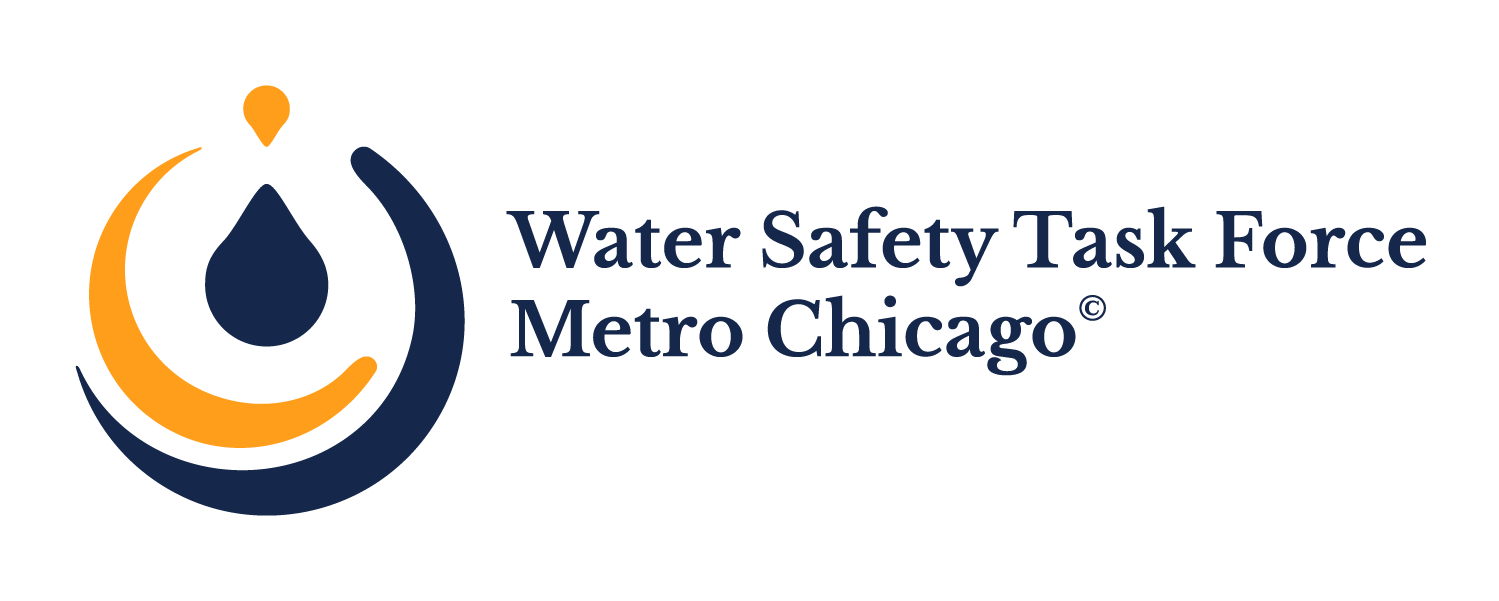Lack of data around drowning is a national and global problem, as identified by the World Health Organization.
Water Safety Task Force Metro Chicago members identified the lack of data as a barrier to developing effective programs and policies. We are focusing on consolidating and analyzing data for fatal and nonfatal drownings by race/ethnicity, age, gender, and home town to assess the number and cost of drownings in our region.
This focus supports, and contributes to, the work being done on a national level with the first U.S. National Water Safety Action Plan.
Stop the epidemic
We’re on a mission to create a culture of water safety in the Chicago Metro area, and reduce drowning deaths and injuries.
DRowning is preventable.
identifying the problem
Lake Michigan is the most deadly body of water in the U.S., with numerous structural and rip currents, posing unique local challenges.
46% of Chicago children have not had swim lessons, but we don’t fully understand why, and in what areas low swimming ability is an issue.
Nationally, minorities report lower swimming abilities, and have higher drowning rates, but we don’t have a clear picture of the Chicago Metro population.
Programs and policies are only effective if they are based on an understanding of the local population :
Cultural Considerations
putting the pieces together
Drowning is the 3rd leading cause of unintentional injury death in the U.S., but to address drownings in the Chicago Metro area we needed to understand where drownings occur.
All our partners are working together to gather and consolidate data so that programs and policies reach those most at risk.
Data Collection
converting data to action
Significant work has been undertaken to identify useful data, and to convert the data to effective programs and policies.







